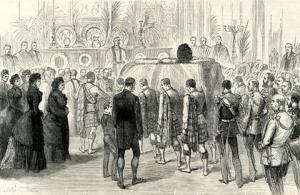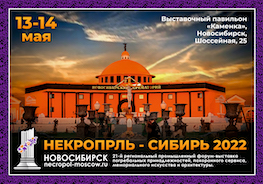He that would die well must always look for death, every day knocking at the gates of the grave.
Archbishop Jeremy Taylor 1613 - 1667
The Art of Dying
Since the 15th Century the Ars Moriendi or the ‘Art of Dying’ had been a recognised model for the ideal death. However after a period of scepticism during the Enlightenment of the 18th Century, it resurged with vigour under the growing Evangelicalism of Victorian Britain.
The denial of purgatory after the Protestant Reformation had left the dying with the stark choice between heaven and hell. Victorian Evangelicalism gave extra weight to this choice as the moment of death signified the culmination of one’s preparations for death and the moment of divine judgement. Evangelical death was not to be handled lightly.
A Good Death
Since our consignment to heaven or hell was to be decided at the hour of death, the ‘good death’ became increasingly significant. Early Victorians idealised the notion of an end slow enough to give the dying the chance to say goodbye to their families and to prepare themselves spiritually for this all important moment. Families would cluster around bedsides, hoping to catch profound last words of their loved ones or witness religious raptures before death. Heavily edited stories of death scenes were expounded in Evangelical memoirs and journals, highlighting the dramatic battle of the dying in the days before death. The reality however was less romantic, leading many to comment on how rare that much romanticised rapture was. Indeed by the late Victorian period people had largely discarded these notions, hoping instead for quick, painless deaths over melodramatic, drawn out affairs.
Mourning Dress
After death relatives and friends of the deceased would go into mourning, a practice taken up wholeheartedly by Queen Victoria after the death of her husband Albert. Mourning dress consisted of whole outfits to inform onlookers of your state of grief, with fabrics and colours changing over time to mark how long it had been since the death of your loved one. For the death of a close relative, mourning dress would be worn in varying states for up to two and a half years. This meant that with high mortality rates persisting, mourning dress would often be worn for much of people’s lives.
Male mourning attire was fairly simple: mourning coats early on in the period and black bands on their hats and black gloves later. Women’s mourning attire would often consist of a black crepe dress, complete with black caps and even black ribbons tied to the underwear. Later during a period of “half mourning” women would be permitted to wear purple or grey. In addition to this women were expected to be isolated in mourning. Where men might be able to work through their grief, women were expected to stay at home, with visitors only allowed after the mourning period was over.
The Art of Death
The Victorian fascination with death extended to the production of a range of Memento Mori, objects designed to remind the owner of the death of a loved one and indeed, their own eventual demise. These took several forms, locks of hair cut from the dead were arranged and worn in lockets, death masks were created and the images and symbols of death cropped up in all sorts of everyday paintings and sculptures. Photographs of dead relatives became an increasingly popular feature of family albums, often in a lifelike pose with a rosy colouring and even open eyes painted over eyelids. With the increasing population in cities and towns new graveyards were planned in suburbs such as Highgate and West Norwood. Graves became increasingly elaborate, with extravagant grave monuments and memorials built according to what a family could afford. These graveyards became areas for reflection, and indeed popular weekend excursions for the middle classes.
Victorian Funerals
Another feature of Victorian death was the rise of the funeral director. Where funerals had previously been arranged between the family and the church, the increasing pomp of funerals required some serious stage management. The undertaker emerged from being a side-line job of the local carpenter or job-master (who hired out horses) to presiding over and directing these displays. Elaborate hearses were constructed, replete with black horses, ostrich feathers and flowers. Mourners, known as Mutes were employed to follow the coffin looking suitably despondent and feasts were prepared for assembled friends and family. Indeed funerals became so expensive that many parents saved up for the likely death of one or more of their children. A ‘respectable funeral’ was now closely entwined with its cash value and pageantry.










